Do you have a question about the Sharp Aquos LC-60E77UN and is the answer not in the manual?
| Screen Size | 60 inches |
|---|---|
| Display Type | LCD |
| Aspect Ratio | 16:9 |
| HDMI Ports | 4 |
| USB Ports | 2 |
| Smart TV | Yes |
| Refresh Rate | 120Hz |
| Built-in Wi-Fi | Yes |
| Audio Output | 20W |
| Backlight Type | LED |
| Resolution | 1920 x 1080 |
Step-by-step guide for connecting antenna and power for initial setup.
Explains how to operate the TV using the remote control, including sensor location.
Details different types of antenna connections and how to connect them.
Instructions for inserting batteries into the remote control for proper operation.
Labels the controls and indicators on the front panel of the TV.
Identifies all terminals and connections on the back and sides of the TV.
Labels all buttons and functions on the remote control for TV operation.
Instructions for connecting devices like Blu-ray players via HDMI for high-definition output.
Explains how to connect devices using component video and audio cables for quality output.
Details connections for VCRs, game consoles, and set-top boxes using S-Video or composite cables.
Instructions for connecting an audio amplifier via optical or analog audio cables for enhanced sound.
Guides on connecting a personal computer to the TV via HDMI, DVI, or RGB for display.
Explains how to power the TV on and put it into standby mode.
Details the initial configuration steps, including language, TV location, and channel search.
Covers Sleep Timer, Channel Changing, Volume Control, and Mute functions.
Explains features like FLASHBACK, SURROUND, FREEZE, AV MODE, and AUDIO settings.
Details power saving modes and how to use Closed Caption services.
Explains how to adjust the screen aspect ratio using VIEW MODE for different program types.
Instructions on how to navigate menus using remote control and TV buttons.
Lists all available menu categories and their corresponding page numbers for quick access.
Details how to adjust picture settings like brightness, contrast, color, and advanced options.
Explains how to adjust sound quality, including treble, bass, balance, and surround sound.
Covers settings for power saving, no signal off, and no operation off to conserve energy.
Guides users through initial setup, channel setup, input configuration, and language settings.
Explains how to set up a secret number and use parental controls for content filtering.
Details settings for input selection, audio options, clear voice, and channel effects.
Covers audio setup for digital broadcasts and software update procedures.
Allows the remote to control other AV devices by entering manufacturer codes.
Explains how to use the remote control to operate connected VCRs, DVD players, and set-top boxes.
Lists codes for various brands to program the remote control for different devices.
Introduces the AQUOS LINK feature, its benefits, and connection requirements for HDMI devices.
Guides on setting up AQUOS LINK, selecting recorders, and controlling connected devices.
Details functions like One Touch Recording, One Touch Playback, and Timer Recording via AQUOS LINK.
Covers controlling audio systems and displaying setup menus of connected AQUOS LINK equipment.
Explains how to select screen sizes and connect a PC for display.
Details how to adjust PC image parameters like Auto Sync, Fine Sync, Clock, and Phase.
Guides on selecting PC audio input and understanding PC compatibility charts.
Provides specifications and commands for controlling the TV via RS-232C port from a computer.
Instructions for removing the TV stand and mounting the TV on a wall.
Provides solutions for common problems like no power, no picture, no sound, and error messages.
Lists detailed technical specifications for the LC-60E77UN and LC-65E77UM models.
Outlines the consumer limited warranty terms and conditions for the product.
Details the software composition, open source licenses, and how to obtain source code.


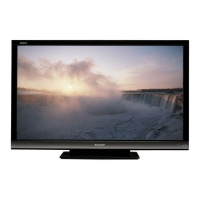
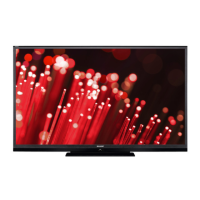
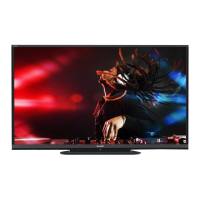

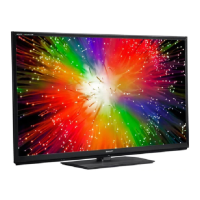
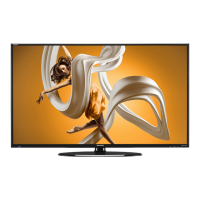

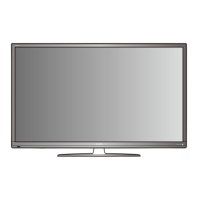
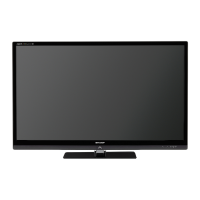

